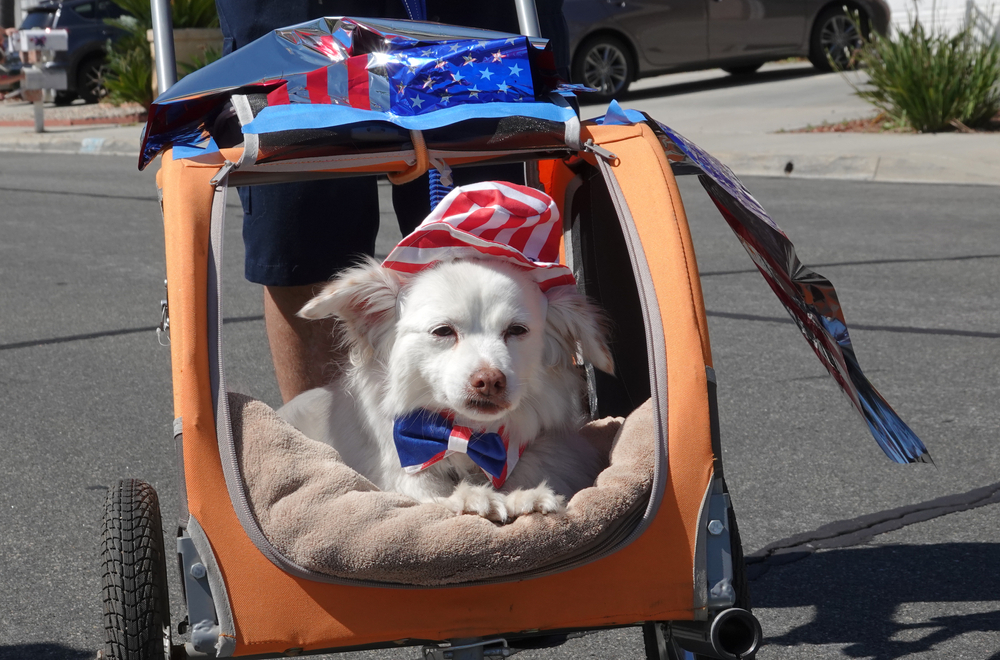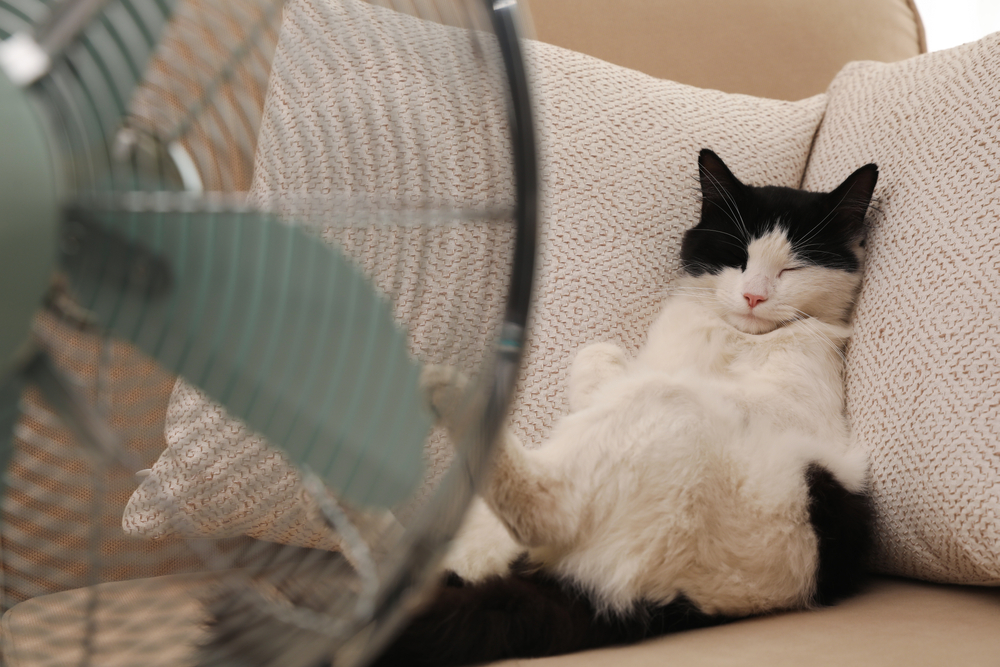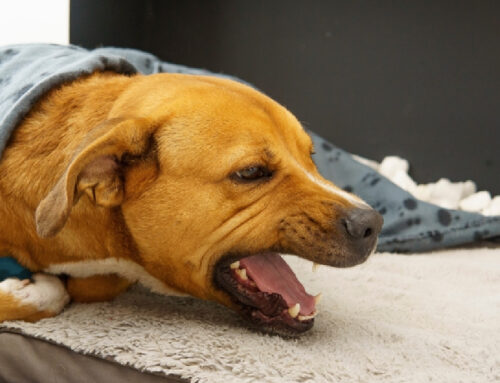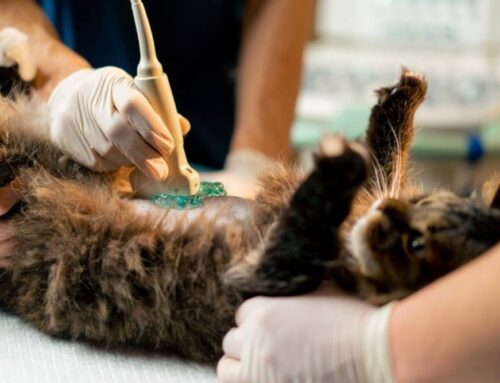Many people take advantage of the warm weather by spending time outdoors with their four-legged companions. From outdoor cookouts and dips in the pool to extra trips to the park, pet owners often enjoy the dog days of summer with their canine and feline pals. However, unlike humans, pets wear year-round fur coats, which can make their prolonged exposure to the higher summer temperatures dangerous. Additionally, pets have few sweat glands compared with humans, and primarily cool themselves by removing moisture from their mouth by panting. Some pets, including brachycephalic (i.e., flat-faced) breeds, such as French bulldogs or Persian cats, have an increased risk of heat exhaustion or heatstroke, because they cannot properly cool themselves. Our Village Animal Hospital team wants to ensure your pets have a cool summer, and offers these six heat safety tips.
#1: Recognize heatstroke signs in your pet
Heatstroke can occur when your pet’s core body temperature increases above the normal range of 100 to 102.5 degrees, as a result of exposure to a hot environment, or high humidity at lower temperatures. Overweight pets, senior pets, and pets with chronic health problems also have an increased heatstroke risk, because they cannot properly regulate their body temperature. Bring your pet for a summer check-up with our Village Animal Hospital veterinarian to ensure they are healthy enough to safely participate in summer activities. Heat exhaustion or heatstroke signs can occur quickly after exposure to warm weather, and can be deadly without immediate veterinary care. Signs may include:
- Excessive panting
- Excessive drooling
- Dry or tacky gums
- Bright red gums
- Difficulty breathing
- Incoordination
- Vomiting
- Diarrhea, which may contain blood
- Bruising without apparent trauma
- Collapse
- Muscle tremors
- Unconsciousness
#2: Use caution when exercising your pet
You may be tempted to take advantage of long summer days by spending extra time at the dog park, or including your pet in your summer fitness routine. However, many pets do not know when they need an exercise or playtime break. Schedule your pet’s exercise sessions during the coolest times of the day, such as early morning or evening, to decrease their exposure to peak temperatures, which are generally between 10 a.m. and 5 p.m. While exercising or playing outside with your pet, ensure you take frequent breaks, and provide them with fresh water and a shaded area to rest. During extreme heat, keep your pet indoors, except for short bathroom breaks.
#3: Leave your pet at home when running errands
Each year, hundreds of pets who were left in a parked car die from heatstroke. The temperature inside your parked vehicle can rise more than 20 degrees in 10 minutes, despite seemingly moderate weather outside. You may be tempted to take your pet when you run a quick errand, but leaving them safely at home where they are cool and comfortable is much safer. Additionally, many pet owners mistakenly think that cracking the windows in a parked car will ensure their pet is comfortable, but this will not prevent your pet from overheating, because cracking a window has little effect on the car’s interior temperature.
#4: Protect your pet’s paws from hot surfaces
Like a human’s bare feet, your pet’s footpads are sensitive to extreme temperatures. Walking your pet on hot sidewalks or roads can lead to burned paws. Generally, if it’s too hot for you to walk barefoot, it’s too hot for your pet’s paws. Additionally, hot asphalt or cement radiates heat, and because your pet is close to the ground, they have an increased risk of overheating. Protective booties or a paw protection product, like Musher’s secret, will protect your pet’s feet from injury.
#5: Ensure your pets are hydrated
Pets can become quickly dehydrated on hot or humid days, despite spending most of their time indoors. Ensure your pet has access to plenty of fresh water throughout the day, and carry water for them during any outdoor exercise. Providing pet-safe treats, such as a frozen Kong toy stuffed with their canned food or treats, is a great way to increase your pet’s water intake. You can also make ice-cube treats by freezing low sodium chicken broth, or liquid from their canned food.
#6: Dress your pet for the occasion

Dressing your pet in a patriotic or festive summer outfit may look cute, but can be dangerous in warm weather by causing their body temperature to rise. Never dress your pet in heavy coats, shirts, or costumes when it’s hot outside. Instead, dress them in a festive collar or bandana to make them look and feel cool and comfortable. If your pet enjoys taking a dip in the pool, ensure they wear a pet life vest, to prevent accidental drowning.
Our Village Animal Hospital team wishes you and your pet a cool and safe summer. Call our office to schedule their summer health check-up, and then follow our heat-safety tips. However, should your pet accidentally become overheated, immediately bring them to us for veterinary care.








Leave A Comment